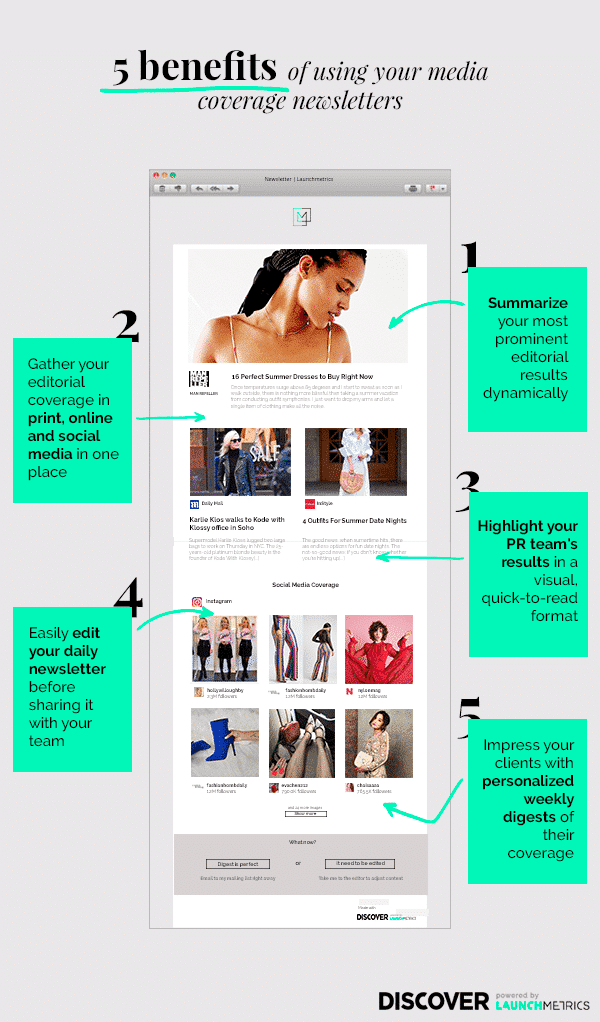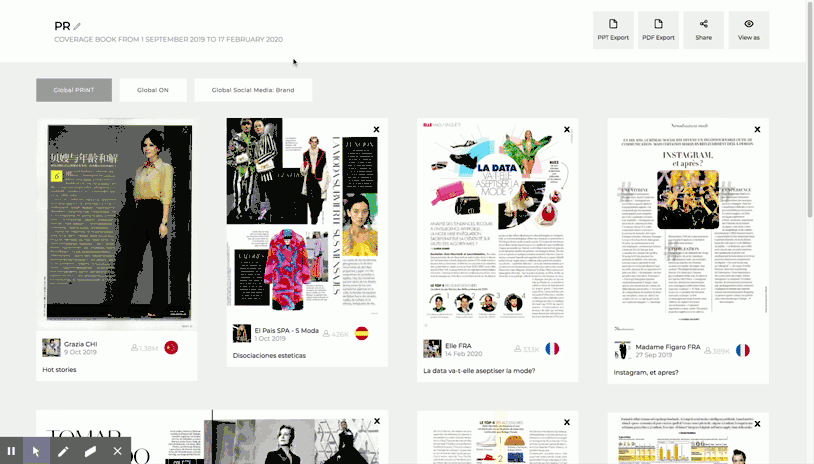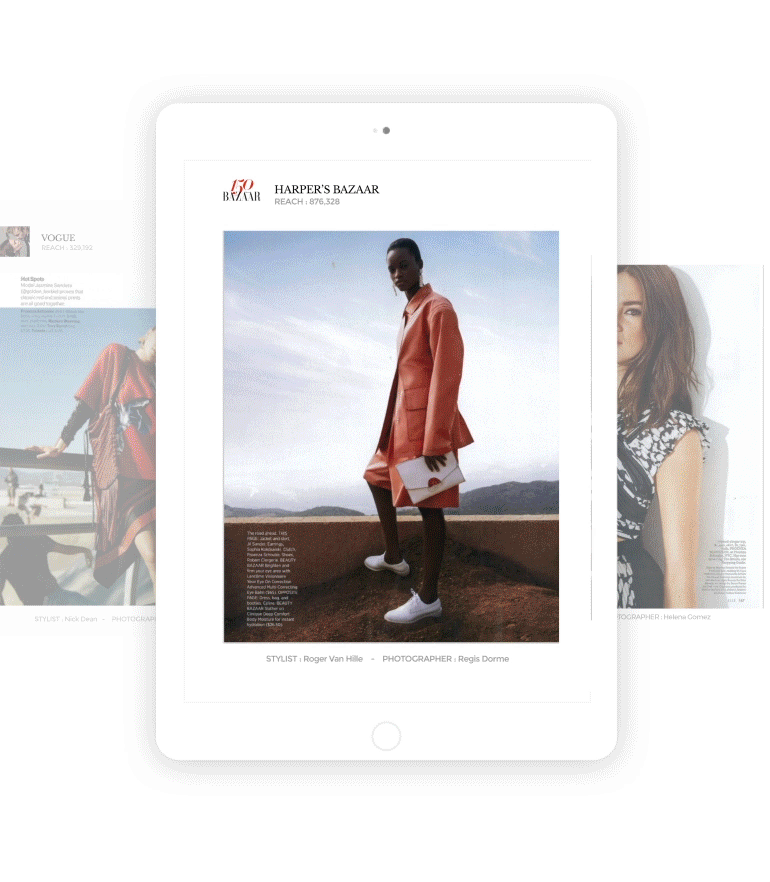For any PR and Communications department, one of the fundamental areas of its work is the generation of reports and the reporting of results.
For any public relations and communications department, one of the fundamental phases of its work is the generation of reports and measuring PR success.
Digitization has made it much easier to collect data about consumers: their interests, needs, demographic profile and reaction to campaigns are basic pieces of information for defining the strategy of any marketing and communication team. Public relations has also evolved in the type of measurement and analysis metrics that can be drawn from it to obtain tangible conclusions and insights. However, it is important to be able to put this information to good use, not only to facilitate quick and effective decision-making but also to provide greater internal visibility about PR results and coverage.
According to a recent report from Kantar Media, cross-channel measurement remains a challenge for 76% of marketing and communication professionals.
Below we will discuss three formulas or formats for measuring the success of your PR strategy that you can use to provide different levels of information to your internal team.
In this article you’ll learn…
Weekly summaries of the most relevant mentions:
![]() OBJECTIVE: To share a periodic and quick summary of mentions internally. Quickly identify objectives achieved and/or unexpected mentions.
OBJECTIVE: To share a periodic and quick summary of mentions internally. Quickly identify objectives achieved and/or unexpected mentions.
![]()
TARGET: Internal public relations and communication team.
One of the first levels of information required by any public relations department is a regular mention summary. A format that gives us visibility into the immediate impact of our PR efforts on a weekly or bi-weekly basis and can integrate results into online, print and even social media.
An automatic recurring newsletter or email will help you gather this level of information that will not only be useful to keep you abreast of the evolution of your results but even to involve and provide visibility to the higher levels of the company.
In this infographic we compile the five main benefits of this type of format to share your public relations coverage:

Coverage Books or magazines with your PR coverage by category and/or format:
![]() OBJECTIVE: To share a press summary of "pre-selected" mentions that are easy to read, categorized and for certain periods of time (monthly, quarterly, etc.). Provide global visibility on the results obtained by the PR team.
OBJECTIVE: To share a press summary of "pre-selected" mentions that are easy to read, categorized and for certain periods of time (monthly, quarterly, etc.). Provide global visibility on the results obtained by the PR team.
![]()
TARGET: Heads of a department or other teams within your company.
Every PR strategy is based on pushing the efforts of the press and communication department towards different angles on which a brand must or can position itself. For example, promotion of company spokespersons, corporate news, product launches or collections, etc. Sometimes, these objectives are even based on the coverage obtained by channel (online, print and network media). It is therefore extremely important to share the results obtained on the basis of these visibility objectives set at the beginning of the year.
A Coverage Book or interactive press magazine is the best way to do this since it will not only allow you to group your mentions by categories, but you will also be able to share them easily through a link with different interlocutors or stakeholders of your company. The ability to edit and select the most relevant mentions of the period will allow you to share exactly what you are interested in with other department heads to provide global visibility about the results of the PR team's efforts.

Example of editing a Coverage Book in Launchmetrics
Quarterly strategy analysis reports:
![]() OBJECTIVE: To share a detailed report by campaign or period (quarterly, half-yearly, annual) about the overall results of PR and communication. Analyze the direction of the strategy and its overall results.
OBJECTIVE: To share a detailed report by campaign or period (quarterly, half-yearly, annual) about the overall results of PR and communication. Analyze the direction of the strategy and its overall results.
![]()
TARGET: Head(s) of PR/Communication Department.
Depending on the type of public relations campaigns you carry out within your brand, it will be necessary not only to share a press summary internally but also to carry out a more in-depth analysis of the evolution of your coverage, the main mentions and publications obtained by channel, the Media Impact Value™ or media value achieved quarter by quarter.
A regular or campaign report that includes all this information will be perfect for providing that more strategic detail of the evolution of your team's efforts or press and communications department. In addition, using this document on a quarterly, half-yearly or campaign basis will allow you to make decisions regarding the results obtained with respect to the objectives set at the beginning of the year.
Here is an example of the type of reports our clients use:

Do you already use this type of reporting in your PR or communications department? Are there other internal needs when sharing your PR coverage that we have not considered? Take a look at the page of our PR monitoring software where you will find all the details about this type of reporting for PR teams and see how to start measuring the success of your PR coverage.

